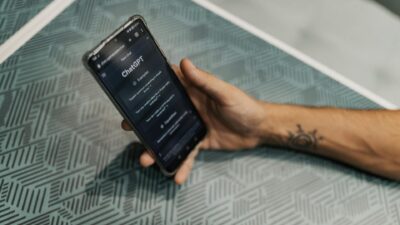This week, OpenAI launched a new image generator, and it has stirred significant debate across the internet regarding Studio Ghibli AI art. During a livestream demonstration showcasing its integrated image generation within ChatGPT and Sora, OpenAI showcased how the tool can transform a selfie into an anime frame. The rendered images bore a striking resemblance to the magical world of Studio Ghibli films. As the results went viral, many social media users raised concerns about potential copyright violations in this new technology.
The Artistic Philosophy of Hayao Miyazaki
Hayao Miyazaki, the co-founder of Studio Ghibli, has openly expressed his disdain for AI’s encroachment in the art world. In a telling segment from the 2016 documentary series “Never-Ending Man: Hayao Miyazaki,” he stated, “Whoever creates this stuff has no idea what pain is whatsoever. I am utterly disgusted. If you really want to make creepy stuff, you can go ahead and do it. I would never wish to incorporate this technology into my work at all. I strongly feel that this is an insult to life itself.” His strong feelings highlight the ongoing tension between traditional artistic methods and technological innovation.
The Mixed Reactions Online
Despite Miyazaki’s criticism, the reactions online have not been solely negative. Sam Altman, CEO of OpenAI, embraced the Studio Ghibli inspiration by changing his profile photo to a Ghibli-style image of himself, provoking further discussion about the reception of AI art. Many users on platforms like X have begun experimenting with the new generator to create their own Studio Ghibli-style artworks and memes, showcasing the tool’s popularity alongside its controversies.
Discussing AI Art’s Impact
While some praise OpenAI’s image generator for its artistic mimicry, the debate about AI art’s implications continues to intensify. The nuances of this technology raise crucial questions about intellectual property rights, innovation, and the feelings of artists like Miyazaki who fear misrepresentation of their craft. As AI art technology evolves, it is vital for creators, consumers, and regulators to navigate the complex intersection of creativity and copyright.
In conclusion, the introduction of Studio Ghibli AI art through OpenAI’s generator has elicited both enthusiasm and backlash. This dynamic underscores the ongoing conversation about the role of artificial intelligence in creative industries and the ethical implications surrounding its use. As this technology advances, its impact on traditional artistry remains a subject of critical discussion and evaluation.
Frequently Asked Questions
What is the issue with Studio Ghibli AI art?
The issue with Studio Ghibli AI art revolves around potential copyright violations and the ethical implications of using AI to mimic established artistic styles.
How did Hayao Miyazaki react to AI in art?
Hayao Miyazaki has expressed strong disdain for AI in art, stating that it lacks an understanding of human emotion and feels it is disrespectful to life.
What are the public’s reactions to OpenAI’s new image generator?
Public reactions have been mixed, with some users embracing the creativity it enables, while others criticize it for infringing on traditional artistry.
What is the significance of Sam Altman changing his profile picture?
Sam Altman’s change of profile picture to a Ghibli-style image highlights a playful acceptance of the technology, contrasting with the criticisms from established artists.
How is AI changing the landscape of art?
AI is changing the landscape of art by enabling new forms of creativity but also raising complex questions about copyright, authenticity, and artistic intent.





